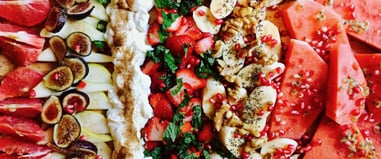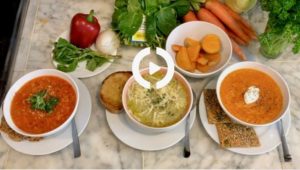Many people with diabetes or pre-diabetes get worried about the sugar content of certain fruits & vegetables. Other people trying to lose weight or adopt a healthy lifestyle have been told to avoid eating certain ‘high Glycemic Index’ fruits & vegetables or carbs.
This is a question that comes up a lot at Homemade Cooking, so we wanted to write a short post to address it — and hopefully, put your minds to rest.
The short answer is YES: It is ok to eat fruit, even if you are watching your blood sugars, as long as you are eating “the Homemade way”: which means eating whole fruits, as you’d find them in nature, as part of a balanced diet.
Here’s the 4 main reasons why whole fruits & vegetables are generally ok — even if you’re watching your blood sugars.
Disclaimer: As usual, this article does not constitute medical advice, so please consult your Doctor or healthcare professional to see if this approach is right for your specific situation before following anything written in this article.
REASON 1: Fruits contain much less sugar than most processed foods & beverages
Start reading food & beverage labels and you may be SHOCKED to see just how much sugar is in common foods including sweetened yoghurts, store brought granolas, and breakfast cereals. Not to mention the usual suspects such as candy, cakes, ice cream and soft drinks…
For example, Snapple Iced Tea packs in 46 grams of sugar in a 16 once bottle.
This is what that looks like visually:
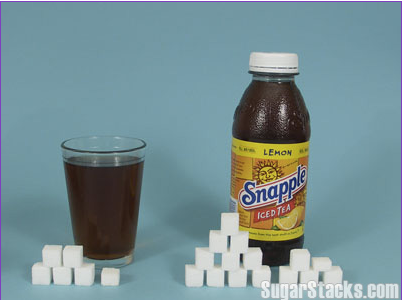
46 grams of sugar for one serve of ICED TEA?! (And I betcha thought Iced Tea was one of the the HEALTHIER choices — right?!)
Now, how does that compare to, say, one serve of pineapple, one of the sweetest of fruits?
Well, our sweet fruity-friend the pineapple provides just 9 grams of sugar for 1 serve (112 grams).
This is what that looks like, for comparison’s sake:
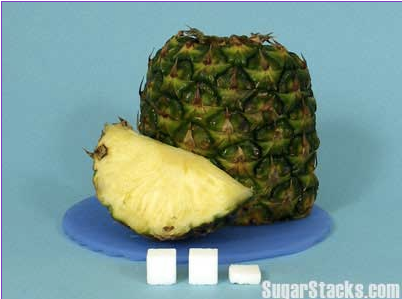
So, one bottle of Snapple Iced Tea contains FIVE TIMES the amount of sugar of one serve of pineapple.
Now, don’t even get me started on the sugar content of some of the other soda & beverage choices…But here’s a snapshot of a Coca Cola Double Gulp from 7 Eleven, just so you can imagine how bad it gets:

Yikes! That’s a whopping 186 grams of sugar in one Double Gulp (55 once cup) of Coca Cola!!
SO, to put this in perspective, here is a visual of how much fruit you would need to eat to get that much sugar:
10 Apples….
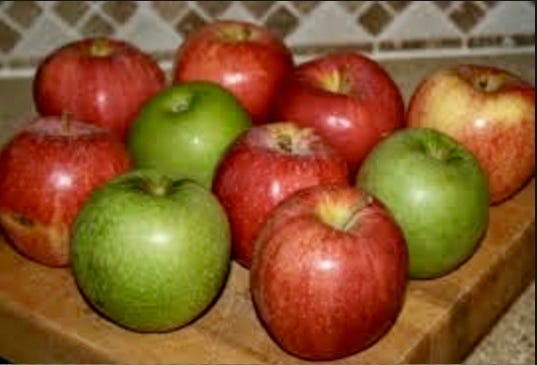
7.6 pounds of strawberries…
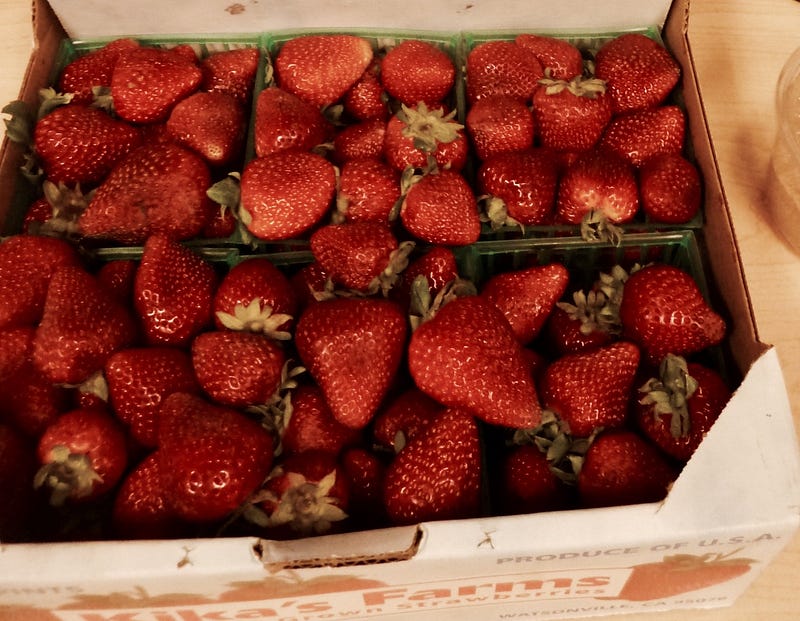
And back to our friend the sweet old pineapple…
Well, you would have to eat TWO WHOLE PINEAPPLES(!!) to get the same amount of sugar as one Double Gulp Coca Cola from 7 Eleven!
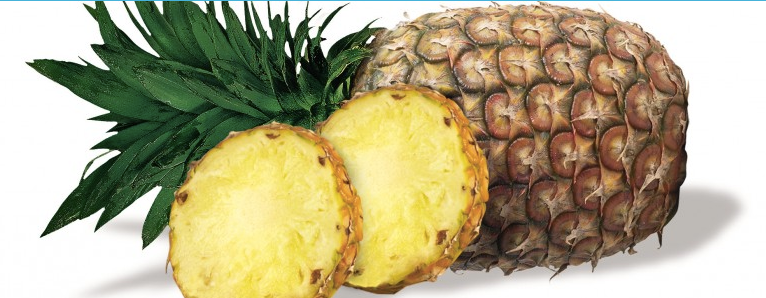

I really hope this is making the picture clearer for you… (pun intended 🙂
REASON 2: Fruits are packed with fiber, which slows the release of sugar in your blood

In order to understand why whole fruit is a-ok, you need to understand a little bit of biology. (I’ll make it quick I promise!)
When you eat sugar, it triggers a series of reactions in your body which release insulin. The main role of insulin is to bring your blood sugars back down to safe levels.
But when you have chronically elevated sugar levels in your blood (aka you are drinking too many Double Gulps… or eating lots of sugary foods…) then, over time, your body can’t keep up with the demand for insulin or it becomes de-sensitized to it. So you gain weight, develop insulin resistance, and this can eventually lead to the onset of Type 2 diabetes.
This is bad news for the body because now, when you have elevated sugar levels in your blood, your body struggles to respond appropriately and this can lead to a number of health issues and complications — and even the risk of death. (This is why pre-diabetes and Type 2 Diabetes are such serious diseases.)
So…. doesn’t this mean that people watching their blood sugars should avoid fruits at all costs because they contain sugar? Well, actually no.
All whole fruits come packaged by nature full of FIBER, which slows the release of energy into your blood.
And, when it comes to controlling your blood sugars, SLOW RELEASE ENERGY EQUALS GOOD ENERGY.
(Because then you don’t get the sugar spikes — which causes all the problems described above…)

Another massive benefit of fiber is it helps trigger the satiety receptors in the body — meaning your stomach and brain registers you as ‘full’ or satisfied — helping to prevent over-eating (which is another reason for elevated blood sugar levels and, of course, weight gain).
In contrast, most processed foods contain refined flours and sugars with almost no fiber- causing your blood sugars to go through the roof AND the problem is worsened because your brain doesn’t register satiety (so it actually tells you to keep eating more, even though your calorie needs are met!)
(Incidentally, re-setting the body’s natural hunger & satiety mechanisms is one of the key things we help our Members achieve in our Homemade Cooking Program. You can learn more here.)
Let me illustrate with an example comparing the fiber content and blood sugar effects of eating a whole orange, orange juice & orange soda.
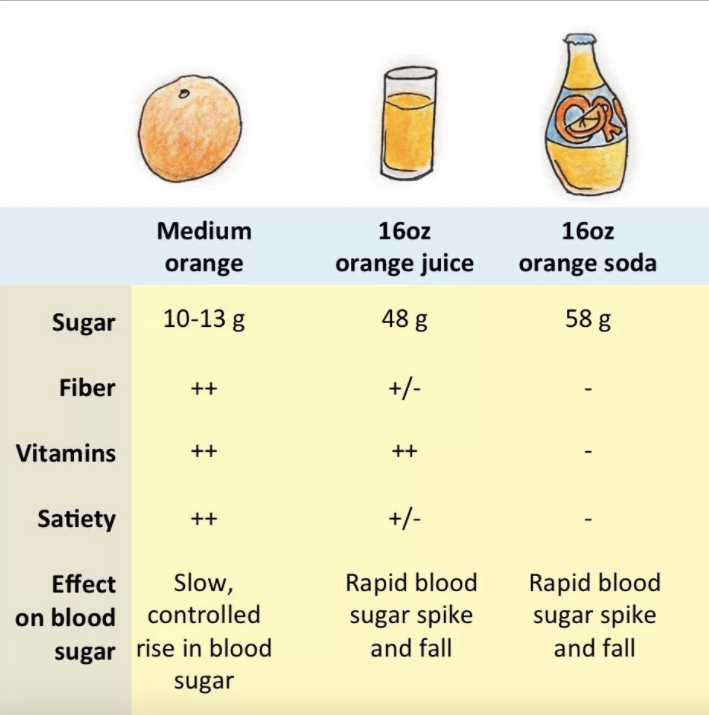
When you eat a whole orange, you’re consuming 10–13 grams of sugar, getting tons of fiber, vitamins, triggering satiety receptors in the body, and all of this results in a slow, controlled rise in blood sugar levels- aka awesome vital energy for you to go about your day!
When you drink a 16 once glass of OJ, you are consuming about 4 times as much sugar (48 grams), getting a small amount of fiber & satiety, lots of good vitamins… and a rapid rise in your blood sugar levels. Not so good.
Finally, when you drink a 16 oz bottle of orange soda (or other soda), you are consuming about 6 times the amount of sugar found in 1 orange (58 grans), getting no fiber, no vitamins, registering no satiety, and you cause a very rapid rise in your blood sugar levels — as you can see it is this which is really damaging your body & health in the long term.
REASON 3: Fruits contain less carbs per serving than most processed & junk foods

Carbohydrates are processed by the body in much the same way as sugar.
The glycemic index (GI) measures how rapidly a carbohydrate is processed by the body and released as glucose (sugar or energy) into the bloodstream.
Many people with diabetes or pre-diabetes have been told to avoid high GI foods — including some fruits & vegetables. If a food has a high GI, it has carbohydrates readily available for absorption into the blood stream. This is in theory going to spike your blood sugar (aka is bad)
But this is incorrect and misleading unless you also consider the Glycemic load (GL) of a food. GL measures the serving of carbohydrates in a serving of food.
If a food has a high GI but a low GL — then the overall amount of carbohydrates available per serving in that food is low. What this means, is even if the sugars are quickly released into your blood, they are not going to have that much effect — because there is not that much of them in total.
The fact is that most fruits, relatively speaking, are not that high in GL, or overall carbohydrates, when compared to most junk or processed foods.
For example, a MacDonalds Big Mac Meal (burger, large fries and large coke contains a whopping 196 grams of carbohydrates and has very little fiber so it has a very high GL & GI. This applies equally to other foods like pizza, or fried chicken and chips, or even white bread, which are high in carbohydrates, and also contain very little fiber. So when you eat these foods, you are going to see a massive sugar spike which is bad news.
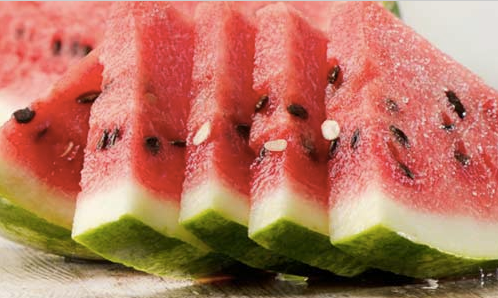
In contrast, watermelon is one of those fruits that has a high GI, and therefore some people think they should avoid eating it. But watermelon also has a very low GL of 7.2 — because it is mainly water.
To put it another way, one serving of watermelon (one cup) only contains 11 grams of carbs. This means you would need to eat almost 20 cups of watermelon to raise your blood sugars the same amount as a Big Mac meal (this is an approximation only, but it gives you an idea…)
Similarly, a medium banana (which is a fruit typically avoided by those scared of eating carbs or elevating blood sugars…) has a GL of 12, and contains only 27 grams of carbs — or more than 7 times less carbs than the Big Mac meal.
So the bottom line is, you are not going to raise your blood sugars much by eating fruit, because the actual amounts of carbs in one serve are not that much — especially when compared to most refined, processed or fast foods.
For your interest, here’s a chart showing the GI & GL of some common carbohydrate foods.
REASON 4: Fruits are normally eaten with other foods throughout the day
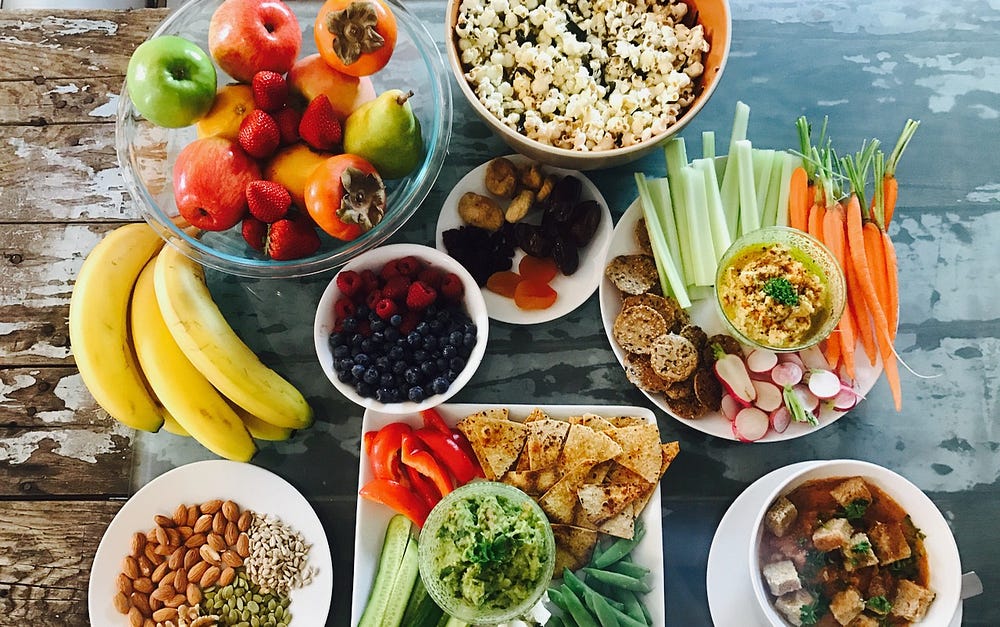
The 4th reason is possibly the most important — and I don’t really see it mentioned anywhere.
The fact is, you don’t just eat copious amounts of fruit on their own. Rather, you normally eat fruit as a side together with other foods, or as a modest snack between meals.
And these other foods that you eat your fruit with, are likely to contain ingredients like protein, fat and fiber, which all help to stabilize your blood sugars.
Meaning the effects of fruit sugars should not really be considered in isolation — because that’s not real life.
Even a big serving of fruit salad or a Homemade fruit smoothie is likely to be served with some nuts, protein powder, yoghurt or milk.
CONCLUSION: Whole fruit is actually helpful for controlling blood sugars
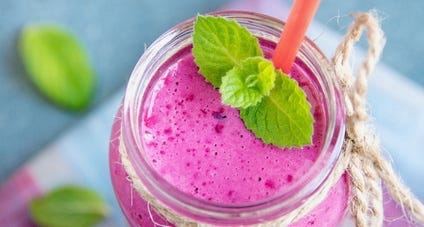
Many people with Diabetes or Pre-Diabetes, as well as those trying to control their weight, have become worried in recent times about the sugars found in fruits. There is so much contrary information out there that it can be very confusing!
For the reasons explained in this article, you can rest assured that fruit is still on the A-list when it comes to your health. And that is ‘A’ for ‘Absolutely’, ‘Always’ and ‘A-ok’!.
Namely, because the overall amounts of sugars and carbohydrates found in fruits is actually not that high — especially when compared to processed foods and fast foods. In addition, fruits are packed with fiber which slows the release of sugar into your blood. And finally, fruit is normally accompanied by other foods which contain ingredients like protein, fat and fiber, and these all stabilize your blood sugars even further.
What is not commonly understood or discussed is that whole fruits are actually helpful for controlling blood sugars, and for maintaining healthy blood sugars, due to their high content of soluble and insoluble fibers.
What this means is if you are eating a healthy diet or a poor diet containing a lot of refined flours, sugars and processed foods, then your intake of whole fruits is actually likely to be helping to reduce your blood sugars, not spike them.
So if you are really worried about reducing your blood sugars, and watching your overall sugar intake, then our advice is simple:
Enjoy whole fruits, try to eat a balanced diet, and focus on reducing the amounts of refined sugars, flours and processed foods in your diet. This is what’s really going to shift the needle on your blood sugars and any weight loss goals.
So why not start today?
Discover freedom from dieting, eat for Nourishment & Satisfaction™, and be your best, healthiest self!
with love from my kitchen to yours,
Anna Rakoczy
Co-Founder, Homemade Cooking
